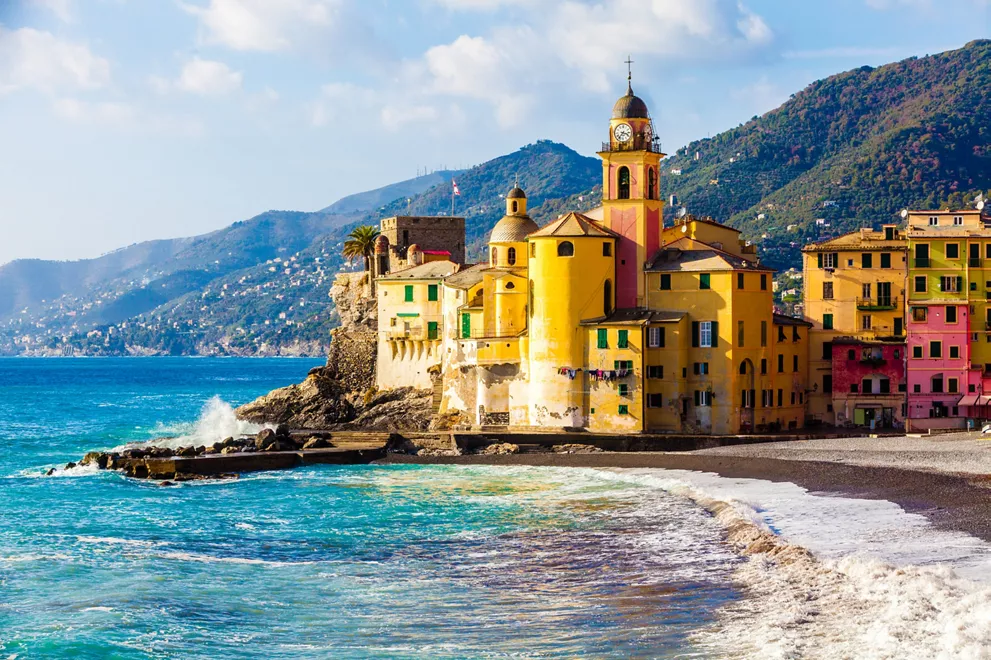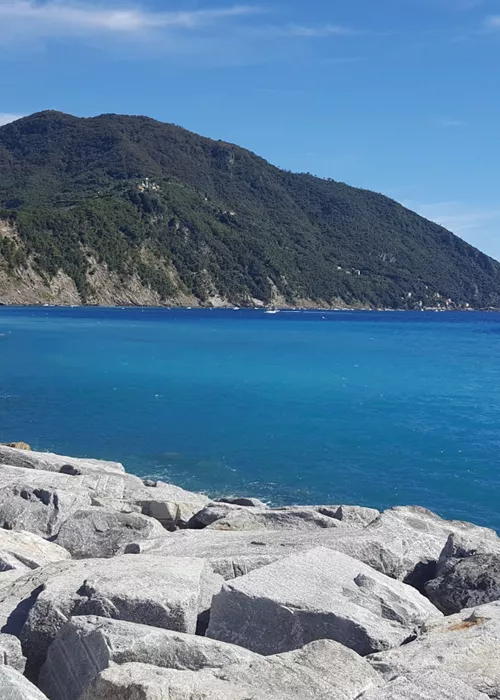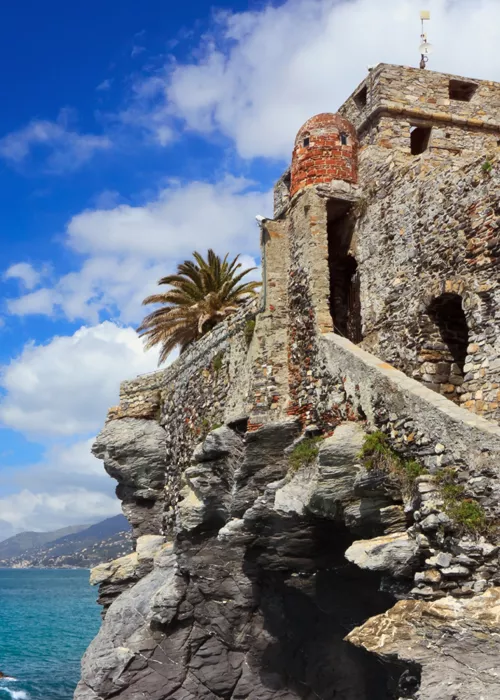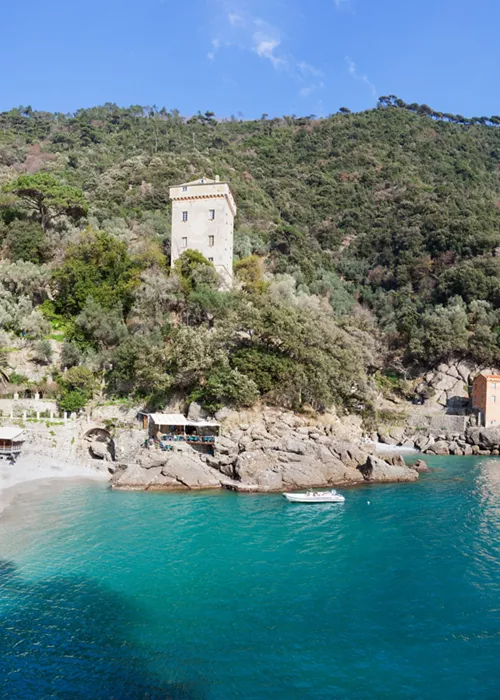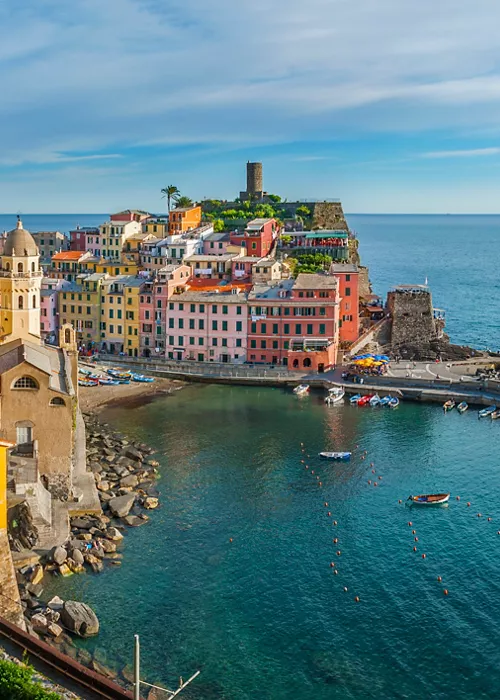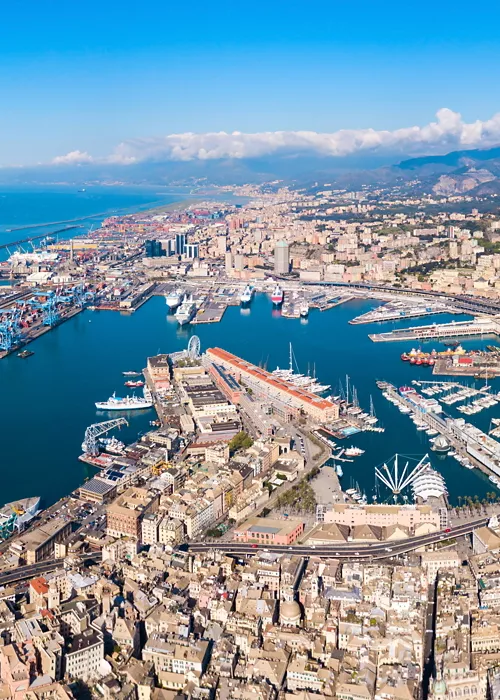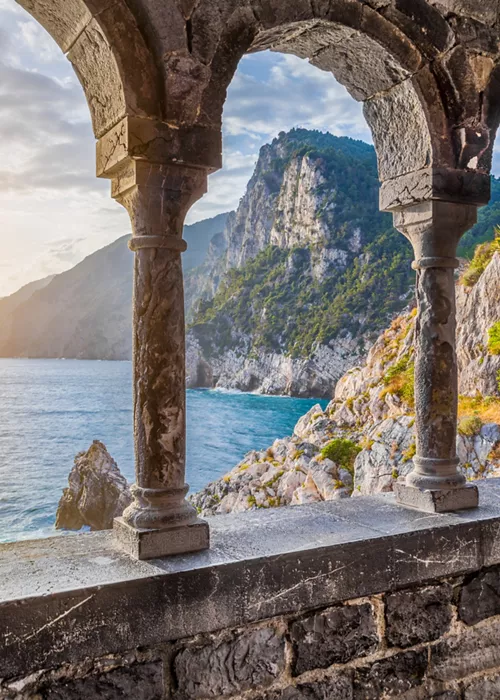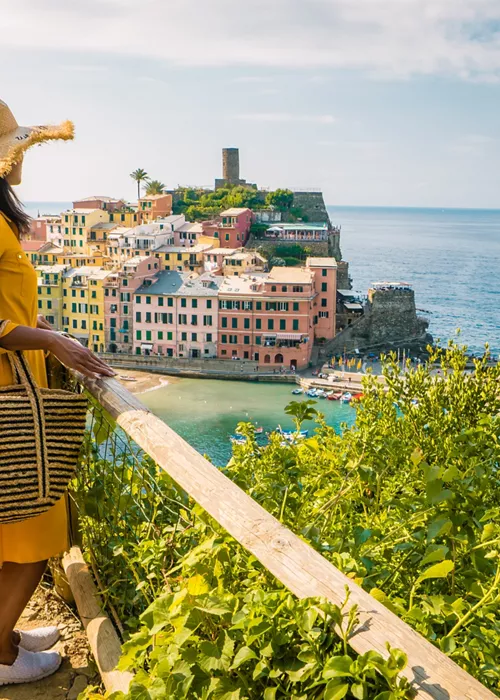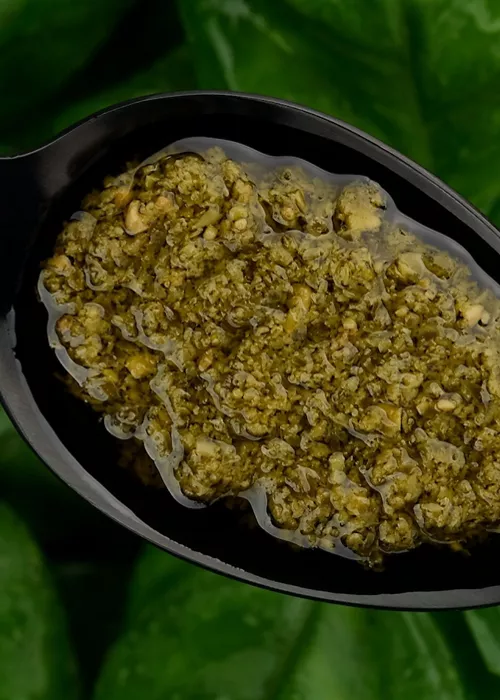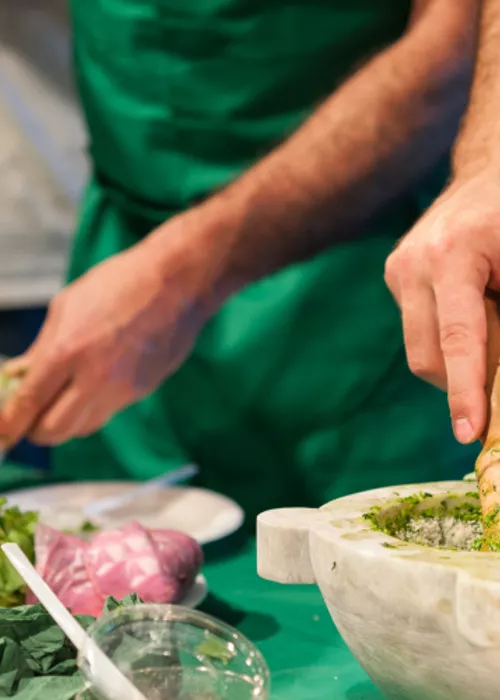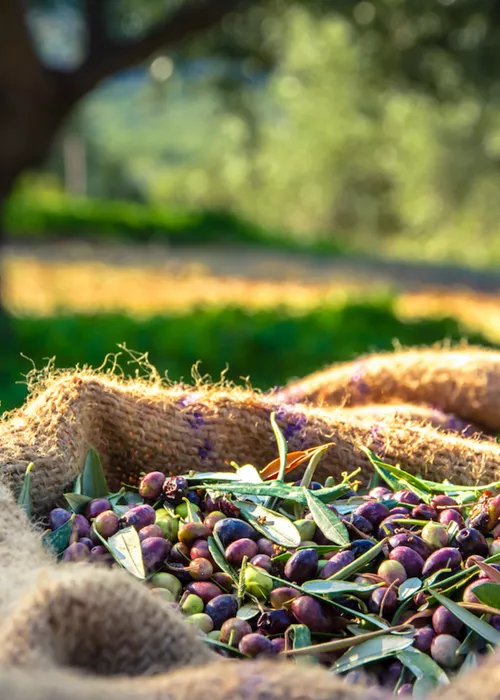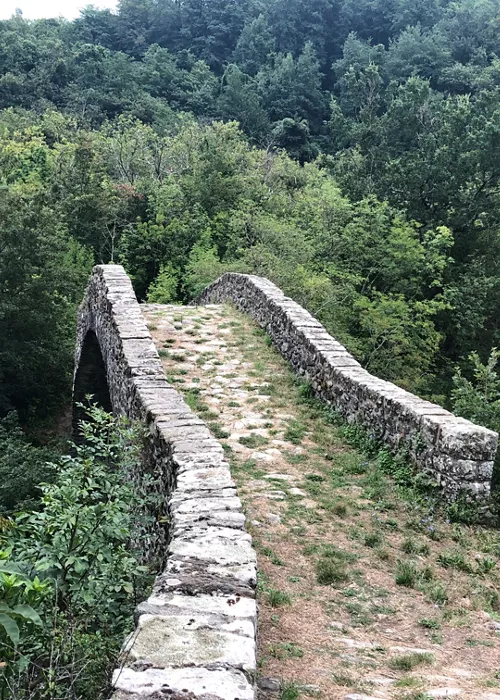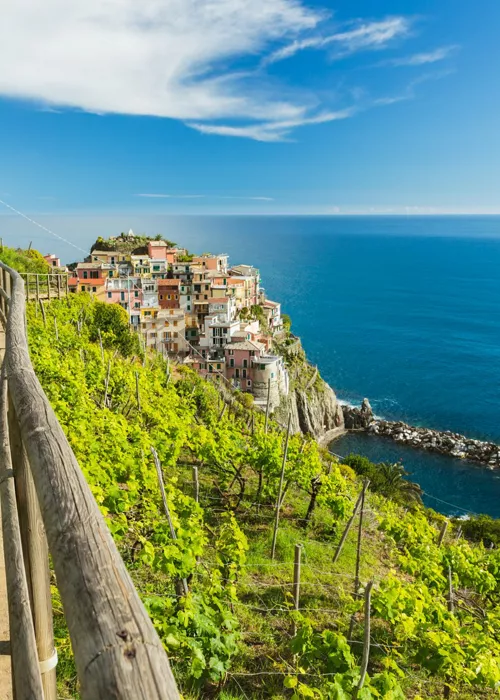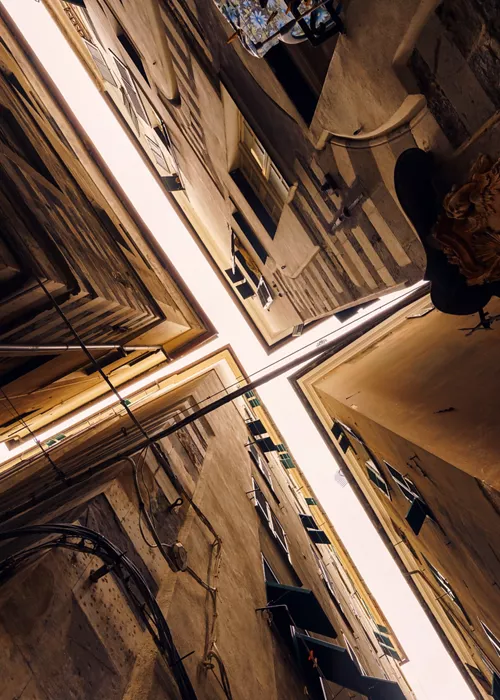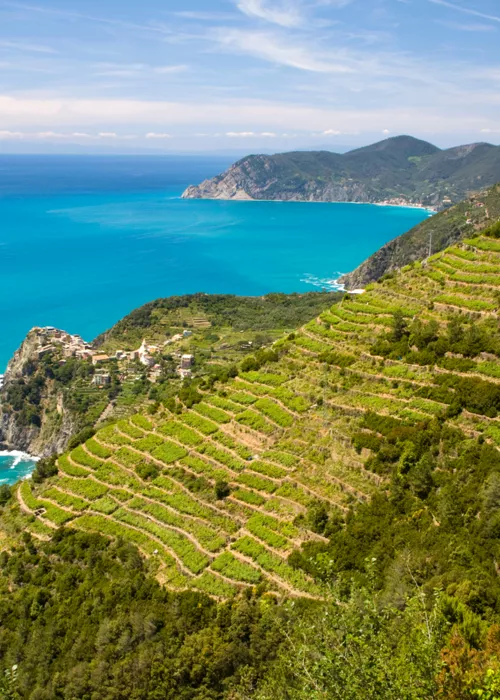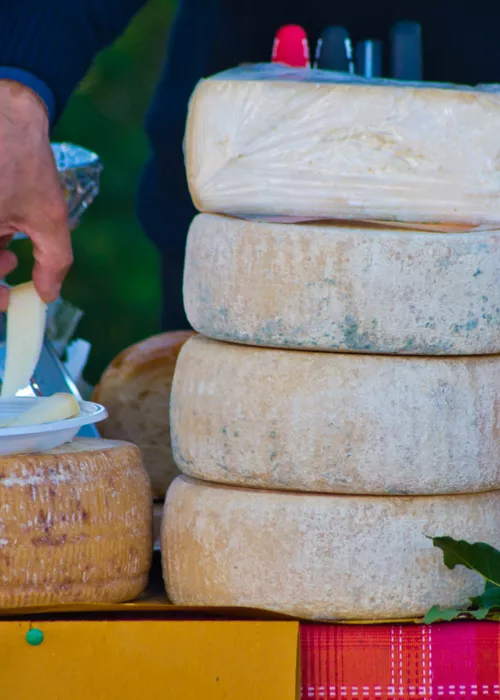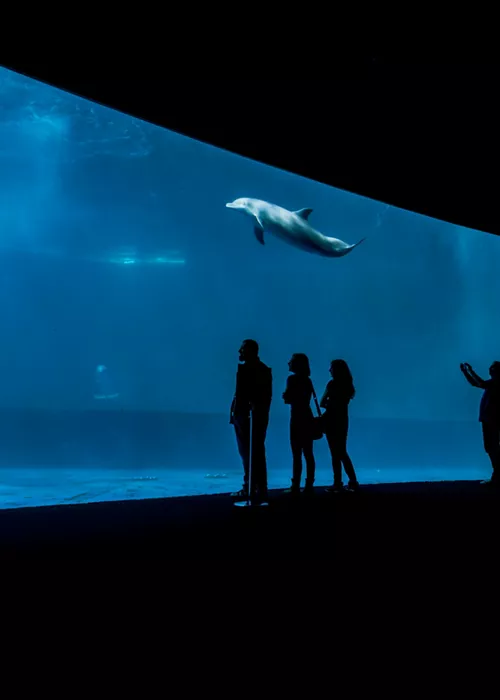Camogli
3 minutes
Index
See
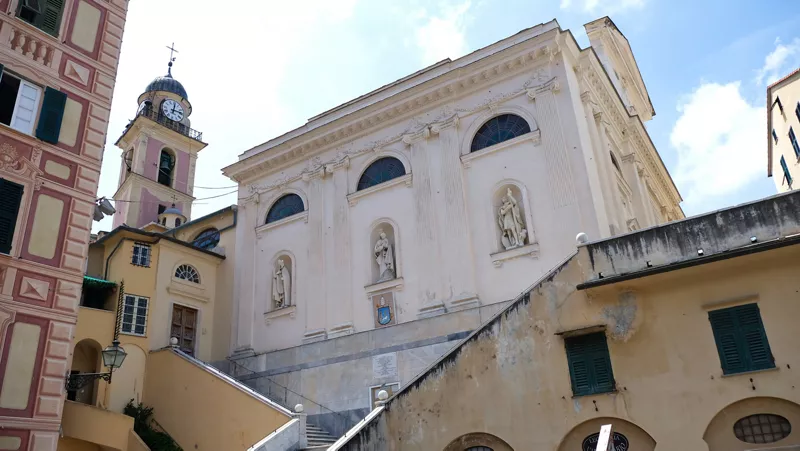
Peculiar to this zone and to all the Region of Liguria are the typical, painted facades, known as trompe l'oeil and depicting architectonic elements including pedestals, cornices, and closed shutters.
Among the sights to see are a number of churches, beginning with the Basilica Minore di Santa Maria Assunta that faces onto the port realized in the 12th Century, it features a double facade in the Ionic style. Then, the Sanctuary of Our Lady of the Wood is built on the site where, according to folk legend, the Madonna appeared in the year 1500.
Be sure to see the characteristic Church known as the Millenaria (13th Century), dedicated to the Sacred Heart of Jesus, and the Parochial Church of San Rocco of Camogli, with a beautiful vista over the Gulf.
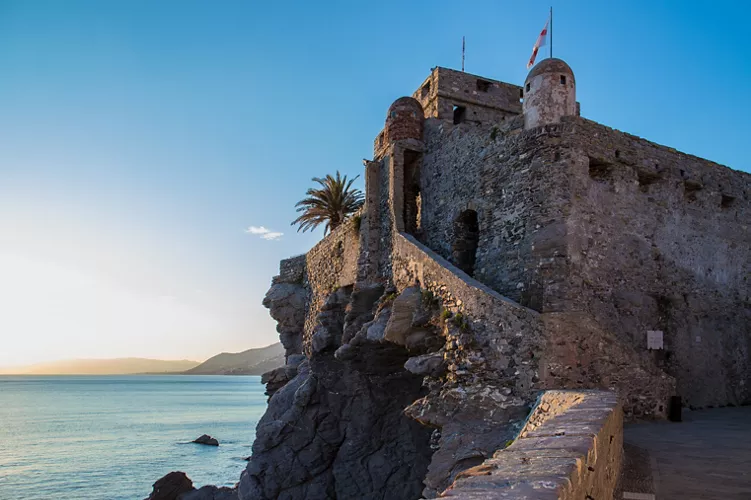
Of the public architecture, the tiny Dragonara Castle was erected in the Middle Ages as a defensive measure for both the village and the entire coast. Another attractive defensive structure is the Batteria or Gun Battery of Punta Chiappa, erected between the 1930s and '40s and used during World War II.
Do
For sea history enthusiasts, Camogli’s Marine Museum is worth a visit it holds works with links to the maritime world, among which are paintings and ships in bottles. One of these bottles contains a reproduction of the typical Camogli dwelling, along with its port and sailboats. Another section in the museum is dedicated to models and ships, and visitors can also see a part of the German torpedo that sank the English Steamship Washington in World War I.
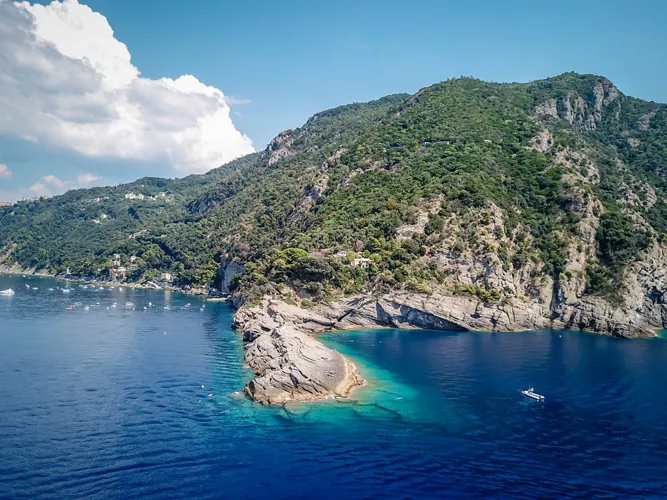
Trekkers can travel one of the many scenic trails that run between Camogli and the Ruta zone, perhaps arriving at Punta Chiappa, a quaint seaside town that takes its name from the cliff jutting out toward the sea (also known as San Rocco). And lying along one of these trails is the splendid 13th-Century Romanesque Church of San Nicolò di Capodimonte.
Scuba-divers, rather, should put on their gear and check out some of the numerous grottoes here, first and foremost the Grotta dei Gamberi at Punta Chiappa - Gamberi in Italian means shrimp, a likely name given the presence of innumerable, tiny shrimp that completely cover the cave walls. Not only shrimp, but lobsters, crabs and corals are also on view in the grottoes.
Finally, lining the port and the immediate shore are bars, restaurants and shops.
Don’t Miss...
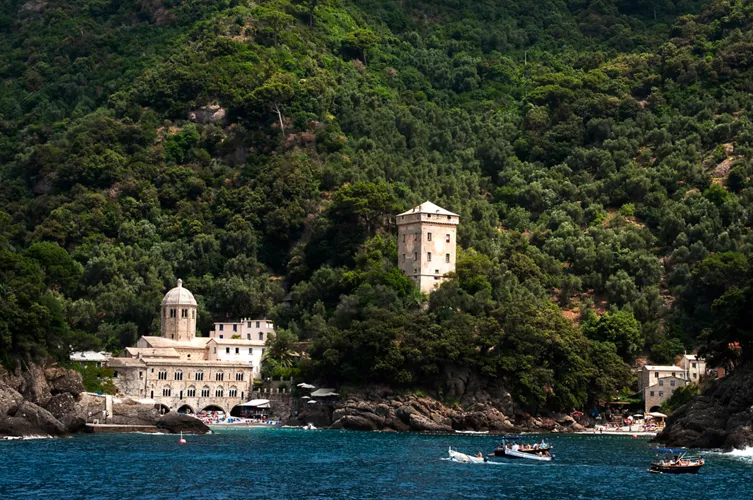
Visiting the San Fruttuoso Bay, accessible via a steep pathway or by boat, travelers will find a charming borgo, at the center of which is the monumental complex of the Abbey of San Fruttuoso di Capodimonte.
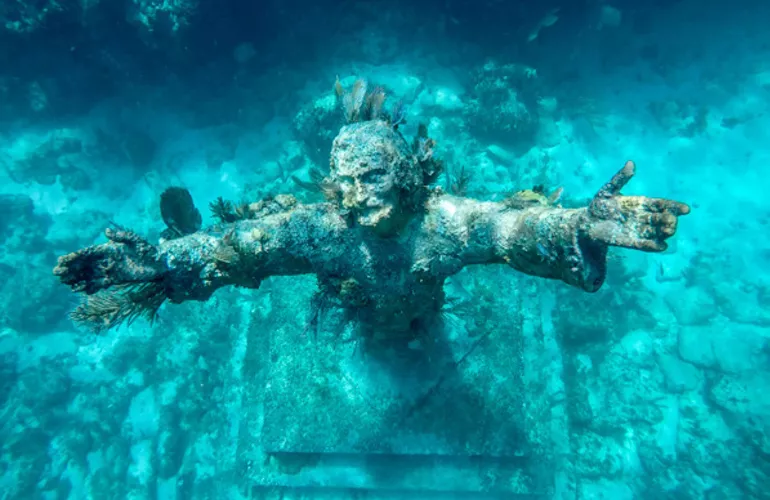
Lovers of deep sea-diving will enjoy an immersion to see the celebrated Christ of the Abyss, a work by Guido Galletti (1954) standing at the bottom of San Fruttuoso Bay.
For those in these parts during the month of May, the fish sagra or fair is a must held every second Sunday in May, it is famous in part for the use of a gigantic frying pan, by now legend.
Take a tour of some of the communities on the nearby Riviera di Ponente or of the amazing Cinque Terre.

